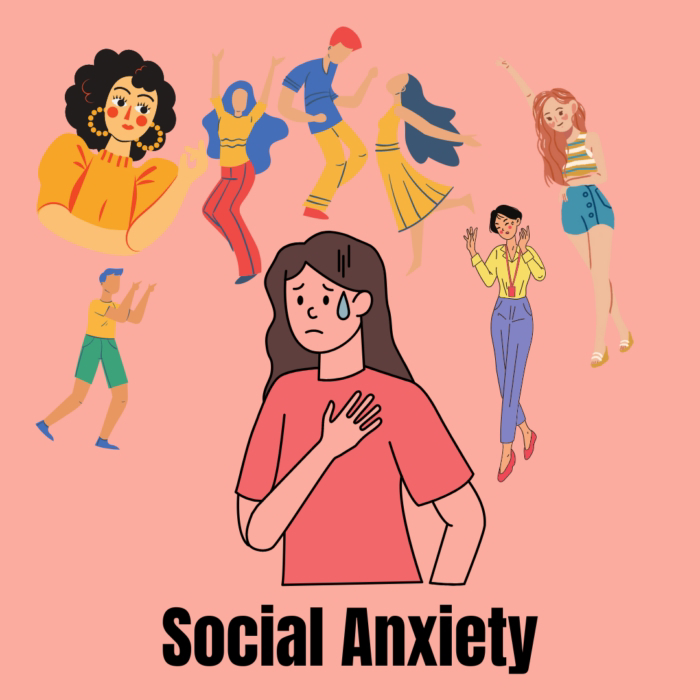Hi, Today I would like to share about the interesting topic, namely "Criminal thinking errors", The main reason why I chose this topic is because not everyone realizes that humans have a tendency to behave like criminals, do you know where i can conclude that? When humans are unable to neutralize their negative thoughts, they tend to behave like criminals, Criminal behavior is complex and influenced by a variety of factors. Understanding why some individuals develop a criminal mindset involves examining biological, psychological, social, and environmental influences. Here are some key factors that contribute to the development of a criminal mindset:
### 1. Biological Factors
- Genetics: Certain genetic factors may predispose individuals to antisocial behavior. Research suggests that individuals with a family history of criminal behavior may have a higher risk.
- Brain Structure and Function: Abnormalities in brain areas associated with impulse control, decision-making, and emotion regulation, such as the prefrontal cortex, can contribute to criminal behavior.
- Neurochemical Imbalances: Imbalances in neurotransmitters, such as serotonin and dopamine, have been linked to aggression and impulsivity, which can lead to criminal behavior.
### 2. Psychological Factors
- Personality Disorders: Conditions like antisocial personality disorder or narcissistic personality disorder are often associated with a disregard for others' rights and an increased likelihood of criminal behavior.
- Impulse Control Issues: Individuals who have difficulty controlling their impulses may be more likely to engage in criminal activities without considering the consequences.
- Cognitive Distortions: Faulty thinking patterns, such as justifying harmful behavior or minimizing the impact of one's actions, can contribute to a criminal mindset.
### 3. Social and Environmental Factors
- Family Environment: Exposure to violence, neglect, or abuse in the family can normalize criminal behavior and hinder the development of healthy coping mechanisms.
- Peer Influence: Association with delinquent peers can reinforce criminal behavior and provide a sense of belonging or identity within a criminal subculture.
- Socioeconomic Status: Poverty, lack of access to education, and limited job opportunities can contribute to criminal behavior as individuals may turn to illegal activities to meet their needs or desires.
- Community Environment: Living in high-crime areas with limited social support and resources can increase the risk of engaging in criminal activities.
### 4. Cultural and Societal Influences
- Cultural Norms: In some cultures, certain types of criminal behavior may be more accepted or even encouraged, contributing to the development of a criminal mindset.
- Media Influence: Exposure to violent or criminal behavior in media can desensitize individuals to the consequences of crime and glorify illegal activities.
### 5. Situational Factors
- Stress and Trauma: Individuals experiencing high levels of stress or trauma may engage in criminal behavior as a coping mechanism or as a way to regain control.
- Substance Abuse: Drug and alcohol use can impair judgment, reduce inhibitions, and increase the likelihood of engaging in criminal activities.
### 6. Moral and Ethical Development
- Lack of Empathy: Individuals who lack empathy may not understand or care about the impact of their actions on others, making them more likely to engage in criminal behavior.
- Moral Disengagement: Mechanisms such as justifying harmful actions, blaming victims, or minimizing the seriousness of crimes can facilitate a criminal mindset.
### 7. Mental Health Issues
- Untreated Mental Illness: Conditions such as schizophrenia, bipolar disorder, or severe depression, if left untreated, can lead to behaviors that are criminal in nature.
### Conclusion
The development of a criminal mindset is typically the result of a complex interplay of these factors. Addressing criminal behavior effectively often requires a comprehensive approach that considers all these influences, including intervention strategies that target underlying causes and promote positive behavioral change. Understanding these factors can help in developing more effective prevention and rehabilitation programs.







